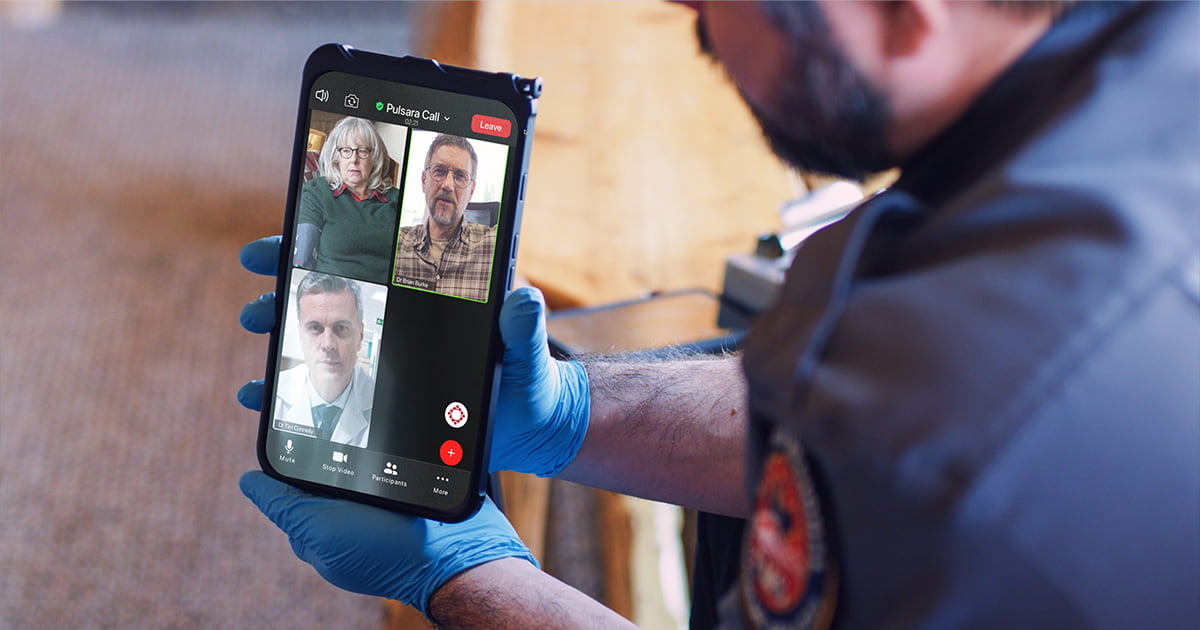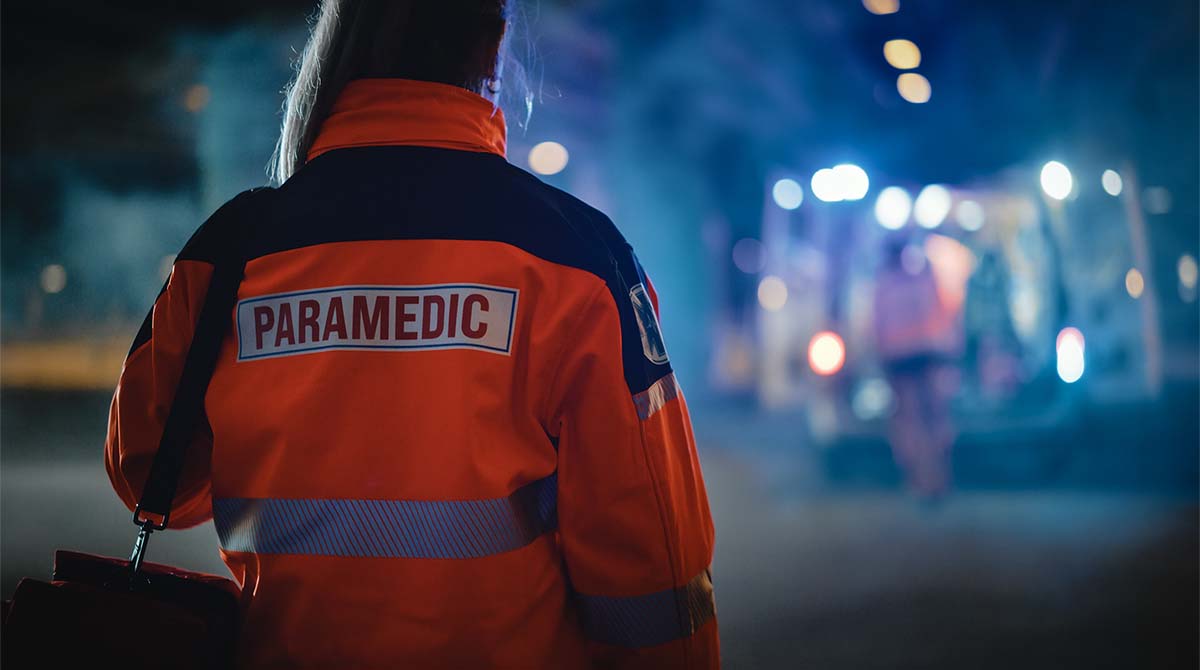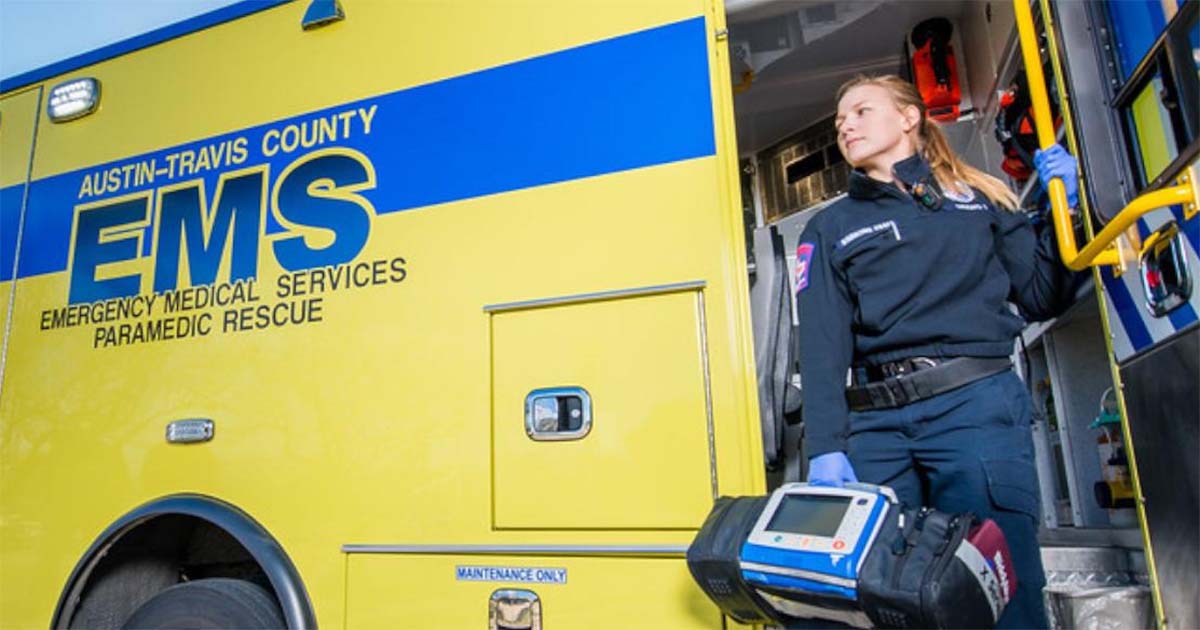16 min read
How Fire and EMS Leaders Are Turning Telehealth into a Force Multiplier (PT 1)
Prior to the COVID-19 pandemic, Teller County, Colorado, had a successful community paramedicine program in place. But as the pandemic hit the U.S., they knew they'd need to leverage new tools to...


